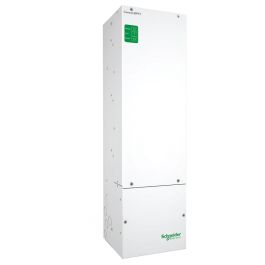Only an issue when you connected battery to a particular PV MPPT circuit (microinverters in your case.)
The PV input is just a DC/DC converter with some control algorithm.
I would use an AC coupled Sunny Boy, older model with "turbine" and other modes. Input voltage can be constant, it just draws the current it wants.
Sunny Boy Storage appears to just be a bidirectional Sunny Boy, with "battery" (external bidirectional boost converter) input.
I would set its frequency-watts frequency range lower than the ones with PV, so power from HV battery is curtailed before PV. However, that could use HV battery to more rapidly recharge 48V battery, resulting in PV curtailment later in the day. OK for my application, because goal is to float lead-acid battery. For both of us, when PV curtailment starts to occur we want to send power to HV battery.





